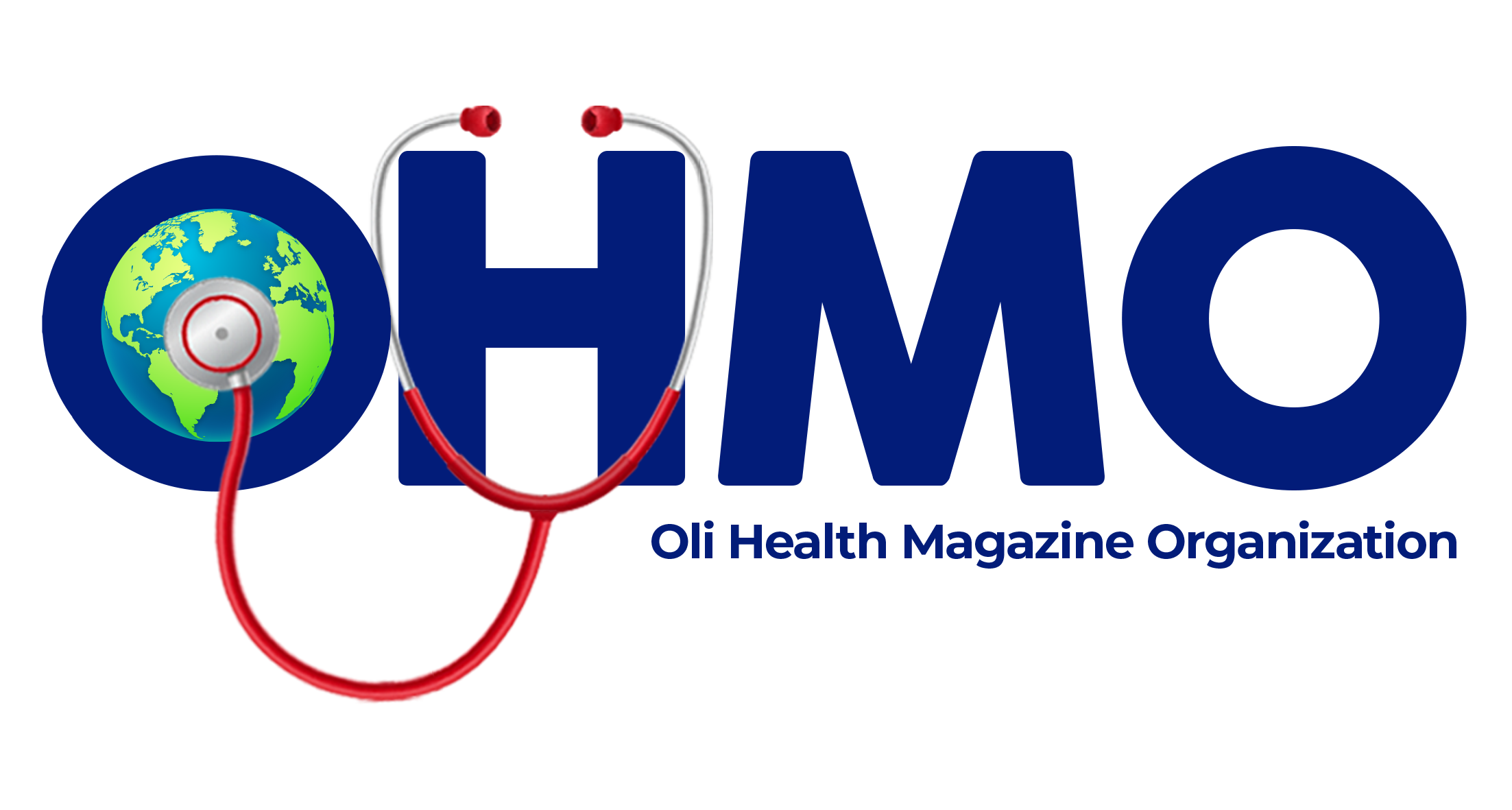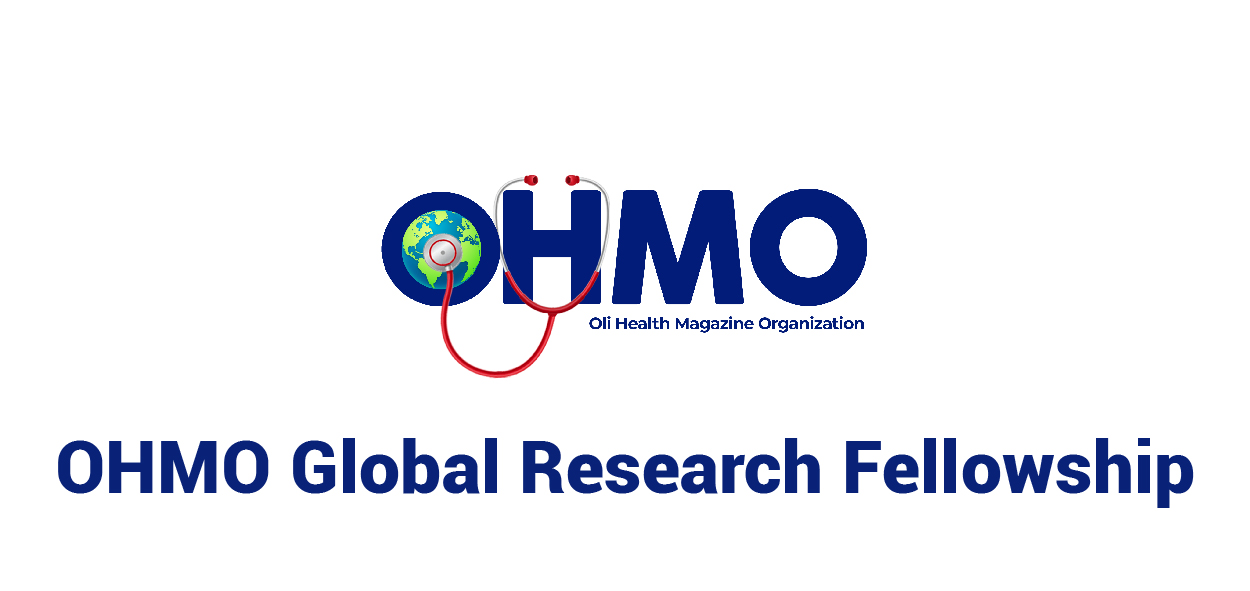INTRODUCTION
Coronavirus Disease (COVID-19) was first reported in Hubei Province, China in Wuhan City, the case being from population having contact with wet animal market in the city. Since the first case report in December 2019, COVID-19 evolved rapidly to become global pandemic spread to all continents except Antarctica(1) . As of June 7, 2020, more than 6.7 million COVID-19 cases were reported by World Health Organisation (WHO) worldwide since its first case report (1). About 80% of the cases are asymptomatic or showing mild illness which requires no active intervention rather than self-isolation to prevent spread to nearby members of the particular society (2). Fifteen percent will develop severe pneumonia requiring active management while only about 5% will progress to end stage of disease characterised by acute respiratory distress syndrome, septic shock and or multiple organ failure (2). Since its emergency, several groups i.e., elders, people with underlying comorbidity state and immune-compromised state have been reported to be at high risk of severe outcome of 2019 novel coronavirus 19, SARS-CoV 2 infection.
Despite of more than 600 ongoing clinical trials on vaccine against SARS-COV 2 infection, yet no vaccine against the infection proved success (2). This implies that primary infection control is of paramount. Recently , Food and Drug Authority (FDA) and European Union has proved the use of antiviral agent, Remdesivir for treatment of severe cases of COVID-19. Remdesivir treatment showed to reduce hospital stay from 15 days to 11 days and increase survival rate (3).
VIROLOGY AND HOST RESPONSE
COVID-19 is caused by single stranded Ribonucleic Acid (RNA) virus, Severe Acute Respiratory Syndrome Coronavirus 2 (SARS-CoV 2) which belongs to family Coronaviridae (4). SARS-CoV 2 formerly known as 2019 novel coronavirus, belongs to same genus (beta coronavirus) as SARS-CoV and MERS-CoV which gained global attention following major outbreaks of Severe Acute Respiratory Syndrome (SARS) in 2002 and Middle East Respiratory Syndrome (MERS) in 2012 respectively (5) . SARS-CoV 2 has similar transmission as SARS-CoV and MERS-CoV all of which bearing evidence of animal source (zoonotic transmission) (5).
SARS-CoV 2 genome (genetic makeup) revealed that the virus shares about 80% of its genome with SARS-CoV which caused SARS outbreak in 2002 and almost all protein encoded by SARS-CoV 2 and SARS-CoV are homologous (4). Researches stress more that SARS-CoV 2 uses the same receptor, Angiotensin Converting Enzyme 2 (ACE2) receptors for entry into the cell as SARS-CoV (6).
Immune system response towards the infection or any disease is important determinant of disease progression and its outcome. Thus understanding of the host response to COVID-19 helps in predicting disease impact in an individual infected with SARS-CoV 2 (2).
SARS-CoV 2 infection potentiates both innate and adaptive host immune response, thus well established balance between the two types of immune response is essential defensive strategy against the infection (2). Severe outcome of the infection seem to be heightened in the setting of excessive inflammatory innate response and dysregulation of adaptive immune response. Excessive inflammatory innate immune response which is associated with poor outcome is characterised with elevated pro-inflammatory cytokines (7,8) . Evidence of changes in adaptive immune response also have been reported being characterised with decrease in T-helper cells i.e CD4+ cells, CD8+ cells, B cells together with other components of innate immune system such as neutrophils and natural killer cells (NK-cells) (9,10). However there is still limited explanation on how COVID-19 cause dysregulation of adaptive immune system.
On other hand viral mechanisms to evade immune system play role to secure survival of the virus inside the host (see explanation on previous article, “coronavirus why it’s a threat?” http://olihealthmagazine.com/coronavirus-why-its-a-threat_H84.html).
Different immune-compromised states have different mechanisms of causing host immune dysfunction which may compound to severe outcome of COVID-19. However this has not been fully explained as several cohorts showed insignificant difference in outcome between immuno-compromised individuals and immuno-competent individuals (11–13). These observations stress that there may be factors other than COVID-19 itself are responsible for increased risk in risk in immune-compromised individuals. One among factors being limited access to healthcare to individuals with underlying immuno-compromised state during the outbreak (14).
WHAT IS IMPORTANT TO ADDRESS HERE?
Despite the perceived risk of severe outcome of COVID-19, there is limited immune-patho-physiological explanation. However limited access to care during COVID-19 can explain the perceived risk (14). Still there are ongoing researches tries to work-out on the immuno-patho-physiological role of COVID-19 in case of immuno-compromised state. These findings suggest that important primary prevention strategies are of equal importance regardless of immuno-competency. Priority in providing care to immuno-compromised individuals is rather explained by poor outcome which stem from underlying diseases once they have limited access to care rather than COVID-19 itself.
Despite of unpredictability of COVID-19 Pandemic, world has witnessed lessening of strict measures that had been once applied in earlier days of the outbreak and thus resuming nearly normal life as before. Recently top WHO officials and some political leaders gave emphasis that COVID-19 may not disappear soon, thus societies have to learn on how to cope with living during pandemic while taking necessary precautions to prevent further transmission. Yet scientists argue the possible occurrence of second wave if people become reluctant.
Stay Safe, Protect Others!
Writer: Zebadia Martin, MD student. UNIVERSITY OF DAR ES SALAAM, TANZANIA
REFERENCES
1. World Health Organisation. Coronavirus disease. 2020;(June).
2. Catanzaro M, Fagiani F, Racchi M, Corsini E, Govoni S, Lanni C. Immune response in COVID-19 : addressing a pharmacological challenge by targeting pathways triggered by SARS-CoV-2. Signal Transduct Target Ther [Internet]. 2020;(April). Available from: http://dx.doi.org/10.1038/s41392-020-0191-1
3. Beigel JH, Tomashek KM, Dodd LE, Mehta AK, Zingman BS, Kalil AC, et al. Remdesivir for the Treatment of Covid-19 — Preliminary Report. N Engl J Med. 2020;
4. Lu R, Zhao X, Li J, Niu P, Yang B, Wu H, et al. Genomic characterisation and epidemiology of 2019 novel coronavirus: implications for virus origins and receptor binding. Lancet. 2020;
5. Corman VM, Lienau J, Witzenrath M. Coronaviruses as the cause of respiratory infections. Internist. 2019;
6. Hoffmann M, Kleine-Weber H, Schroeder S, Krüger N, Herrler T, Erichsen S, et al. SARS-CoV-2 Cell Entry Depends on ACE2 and TMPRSS2 and Is Blocked by a Clinically Proven Protease Inhibitor. Cell. 2020;
7. Qin C, Zhou L, Hu Z, Zhang S, Yang S, Tao Y, et al. Dysregulation of immune response in patients with COVID-19 in Wuhan, China. Clin Infect Dis. 2020;
8. Mehta P, McAuley DF, Brown M, Sanchez E, Tattersall RS, Manson JJ. COVID-19: consider cytokine storm syndromes and immunosuppression. The Lancet. 2020.
9. Huang C, Wang Y, Li X, Ren L, Zhao J, Hu Y, et al. Clinical features of patients infected with 2019 novel coronavirus in Wuhan, China. Lancet. 2020;
10. Xu Z, Shi L, Wang Y, Zhang J, Huang L, Zhang C, et al. Pathological findings of COVID-19 associated with acute respiratory distress syndrome. Lancet Respir Med. 2020;
11. Park JE, Jung S, Kim A. MERS transmission and risk factors: A systematic review. BMC Public Health. 2018;
12. Chan JWM, Ng CK, Chan YH, Mok TYW, Lee S, Chu SYY, et al. Short term outcome and risk factors for adverse clinical outcomes in adults with severe acute respiratory syndrome (SARS). Thorax. 2003;
13. Yang J, Zheng Y, Gou X, Pu K, Chen Z, Guo Q, et al. Prevalence of comorbidities and its effects in coronavirus disease 2019 patients: A systematic review and meta-analysis. Int J Infect Dis. 2020;
14. Wang H, Zhang L. Risk of COVID-19 for patients with cancer. The Lancet Oncology. 2020.




0 Comment